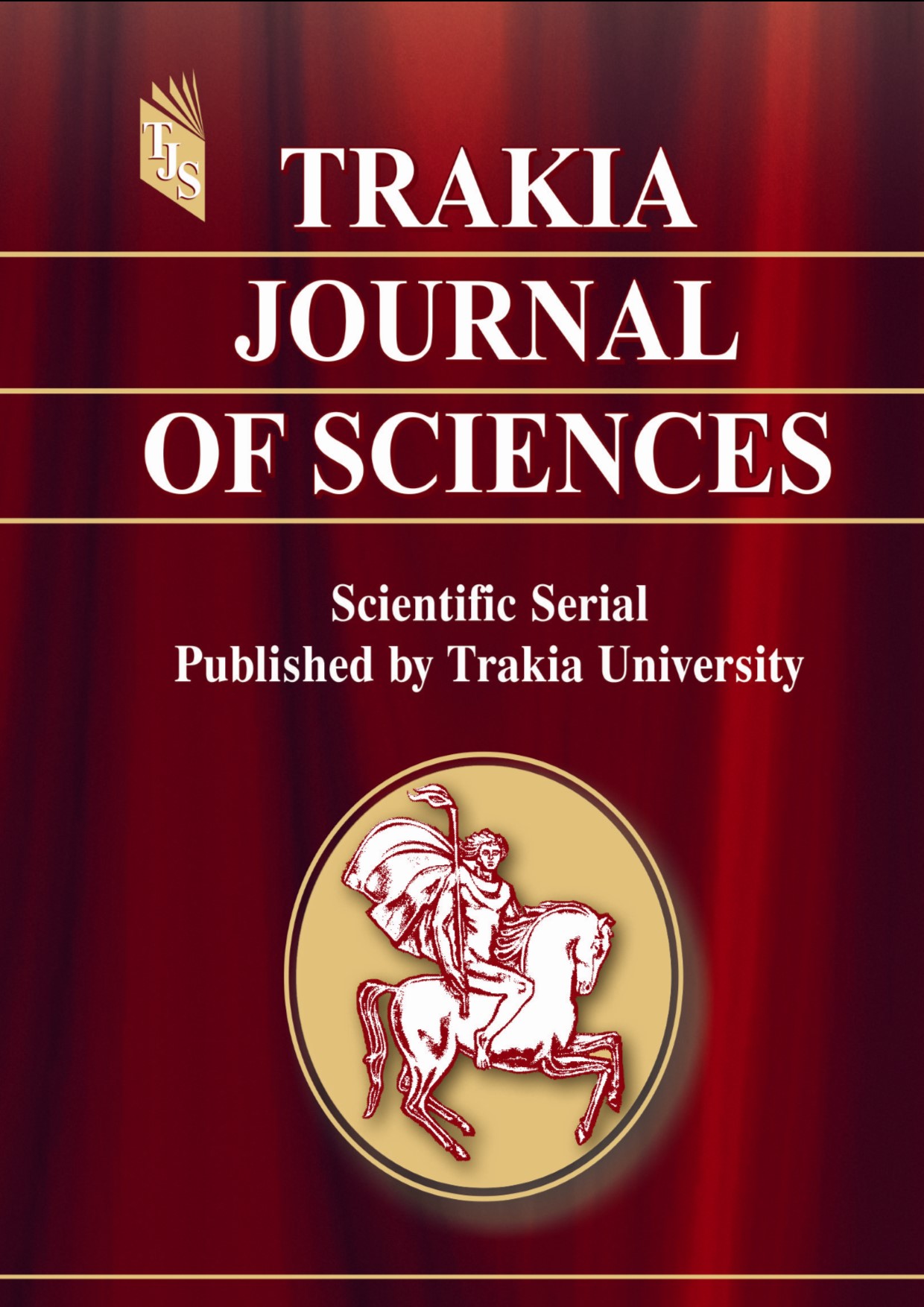CLINICAL SCALES FOR THE ASSESSMENT OF VITAL SIGNS IN NEWBORNS, INFANTS AND CHILDREN
DOI:
https://doi.org/10.15547/tjs.2025.01.012Keywords:
newborns, scales, vital signs, neonatologyAbstract
Newborn assessment is an ongoing process that measures the development and adaptability to an extrauterine lifestyle. The newborn's Apgar score and behaviour form the basis for this assessment, and are related to the information described below: Maternal prenatal care history; Birth history; Maternal analgesia and anaesthesia; Complications during pregnancy or delivery; Treatment in the delivery room, together with determination of the clinical gestational age; Alignment with newborn classification by weight, gestational age, and risk of neonatal death; Physical examination of the newborn.
In the first 24 hours after birth, the evaluation of newborns is of great importance, because during this period the newborn is in a critical transition from intrauterine to extrauterine lifestyle. During this period, the risk of morbidity and mortality is statistically high. Assessment is important to ensure a successful transition. The assessment of the newborn includes the following stages:
- The first is done immediately after birth in the NICU to determine the need for resuscitation or other immediate interventions. If the newborn is stable, it stays with its parents after birth to establish early attachment. The newborn with complications is admitted to the IS for further evaluation and behavior.
- The second assessment is done 1 - 4 hours after birth, as part of the routine admission procedures. This evaluation includes a brief physical examination to assess the newborn's adaptation to the extrauterine lifestyle and to determine the g.v. All problems of the newborn at risk are thoroughly evaluated during this period.
- Before discharge, a doctor or healthcare professional performs a complete physical exam to determine new or potential problems. This is also the time to do the behavioral assessment.
References
Finster M., Wood M. The APGAR score has survived the test of time. Anesthesiology. 2005 , 102(4):855-857
Hristova E., Petrova N., Newborns with perinatal asphyxia. Newborns at increased risk. Pediatrics. Bobev D., Genev E., ( ed. ) Arso, Sofia, 1998 130-132
Casey B. , McIntyre D., Lenovo K., The continuing value of the APGAR score for the assessment of newborn infants. New England Journal Of Medicine, 2001, 344 (7) :467-471
Hedstrom , AB, Gove, NE, Mayock , DE et al. Performance of the Silverman Andersen Respiratory Severity Score in predicting PCO2 and respiratory support in newborns: a prospective cohort study. J Perinatology 38, 505–511 (2018).
American Academy of Pediatrics: Committee on Fetus and Newborn. Hospital discharge of the high-risk neonate-proposed guideline s. pediatrics 1998: 102:411-417
Ballard JL, Navak K., Driver M., A simplified score for assessment of fatal malnutrition of newborn infants. Journal of Pediatrics. 95 :769-74
Ballard JL, Khoury JC, Wedig K, et al: New Ballard score, expanded to include extremely premature infants. Pediatrics 119(3):417–423, 1991.
La Hood A., Bryant C., Outpatient care of premature infants. American Family Physiology 2007; 76:8
Muntau A. The newborn child . Neonatology . Pediatria . Muntau A. and collaborators. Kalav I. ( ed. ) Sharov , Sofia, 1996, 15-16
www.en.wikipedia.org /wiki/Ballard Maturation Assessment
www.MedCalc : Ballard Maturation Assessment of Gestational Age.2010
www.Respiratory update.com/members/malnutrition assessment of gestational age. New Ballard Score.Cfm
Kumar, N., Akangire, G., Sullivan, B. et al. Continuous vital sign analysis for predicting and preventing neonatal diseases in the twenty-first century: big data to the forefront. Pediatr Res 87, 210–220 (2020).
https://bookdown.org/nathalieyuen/understanding-the-whole-child/the-newborn.html )
https://www.nature.com/articles/s41372-018-0049-3
https://www.pinterest.com/pin/643944446691990393/
https://www.nature.com/articles/s41390-019-0527-0
https://www.lecturio.com/nursing/free-cheat-sheet/normal-pediatric-vital-signs/
http://pediatrics.aappublications.org/content/early/2017/08/21/peds.2017-1904
https://wecapable.com/pain-scale-definition-types-example-score/

Downloads
Published
Issue
Section
License

This work is licensed under a Creative Commons Attribution-NonCommercial 4.0 International License.


